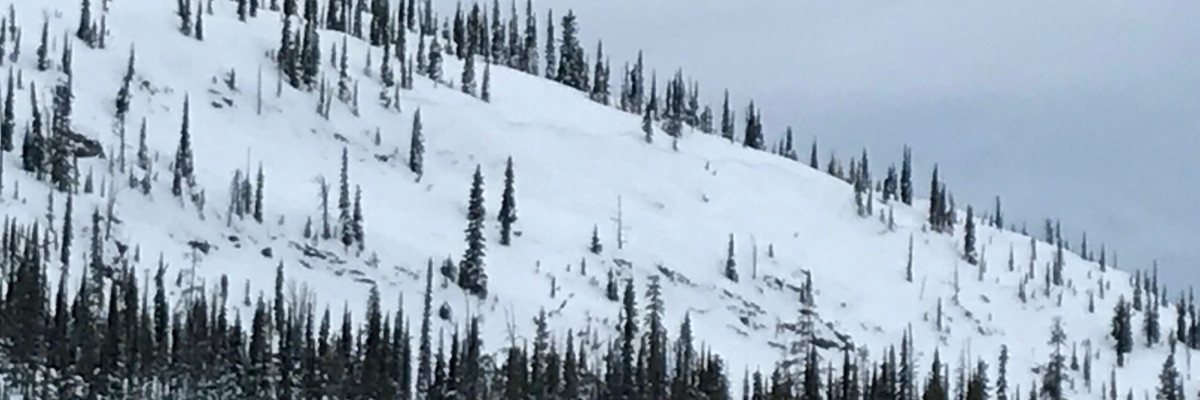Good morning, this is Logan King with the West Central Montana Avalanche Center’s weather update for January 8th, 2018. This danger rating does not apply to operating ski areas, expires at midnight tonight and is the sole responsibility of the U.S. Forest Service.
Weather and Snowpack
Most of the region did not receive snow yesterday or last night, but a few snotels did pick up 1-2 inches. Mountain temperatures this morning are in the upper twenties to low thirties. Winds have increased in the Southern Bitterroot to 14 mph and are gusting to 21 mph from the SE. In the northern portion of the advisory area winds remain calm.
The snowpack continues to stabilize but the deep persistent slab can still be triggered and result in large avalanches. Wind slabs and deep persistent slabs continue to be the main concern. Take the time to identify if these layers are present and what the possibility is of triggering an avalanche. Carefully consider the consequences of an avalanche before traveling on or in avalanche terrain.
If you are out in the backcountry, please send us your observation, these are very helpful in producing the advisory. The next advisory will be issued tomorrow January 9th, 2018.
Ski and ride safe.
























